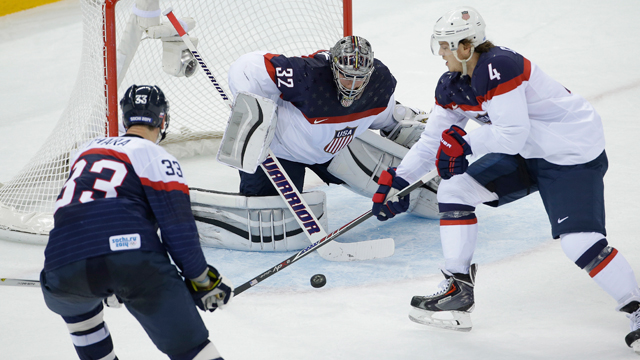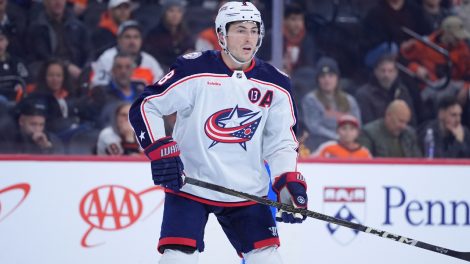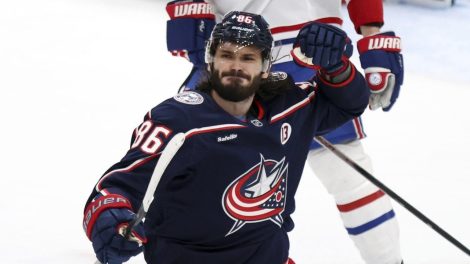The irony of Slovakia awakening a sleeping American giant is that it was an NHL player who spearheaded it.
Sure, the United States controlled play during the first period of their initial Olympic game on Thursday. They even led 1-0 after 20 minutes at Shayba Arena. But their play lacked crispness and tenacity, and — John Carlson’s goal aside — Jaroslav Halak was looking nearly unbeatable.
Tomas Tatar’s goal just 24 seconds into the second period struck fear into the entire nation. The U.S. had never beaten Slovakia in Olympic competition, and with a giveaway by Ryan Suter — of all people — setting up Tatar’s goal, Halak on his game and a tie score, the potential was there for an upset.
And yet, it was Tatar’s goal that seemed to ignite Team USA.
Six goals in the subsequent 19:36 both cemented a 7-1 United States win and bumped the Americans — whose appearance in Sochi has been overshadowed by the host Russians, favourite Canadians and upstart Swedes — back into the early medal conversation.
Team Russia — a gold-medal favourite fresh off an uninspiring 5-2 win over Slovenia — is next for the Americans. That could be the game of the pre-medal rounds.
With a plus-six goal differential, and assuming the U.S. beats either Russia or Slovenia, a high seed in Wednesday’s quarterfinals is almost assured. A medal would be a big deal for the U.S., as the States haven’t placed in the top three outside of North America since the 1972 Olympics in Japan.
Yet it was the United States’ offensive depth that overwhelmed the Slovaks and may end up being the difference between this and past American Olympic clubs.
Members of all four U.S. lines scored, and seven Americans notched multi-point games, as the group appears to have jelled quickly under coach Dan Bylsma. Patrick Kane and one his Chicago Blackhawks’ biggest foils, Ryan Kesler of the Vancouver Canucks, teamed up to break the tie, as Kesler scored just 1:02 after Tatar tied the game.
It was the Americans’ fourth line — Max Pacioretty-Paul Stastny-T.J. Oshie — that set the tone from the get-go. The trio did what fourth lines are supposed to: they carried play, even in the lacklustre first period, generated scoring chances and provided energy in the offensive end.
Unlike most NHL fourth lines, Pacioretty, Stastny and Oshie also have the offensive calibre to score. All three play top-six forward minutes on their respective club teams, and it showed as they linked up just 66 seconds after Kesler’s goal, with Stastny scoring the first of his two goals, giving the Americans a two-goal lead.
Then the floodgates opened.
The tandem of Phil Kessel and James van Riemsdyk looked as if they were teaming up against the Buffalo Sabres, combining for five points on Thursday playing with centre Joe Pavelski.
JVR and Kessel both grabbed assists on David Backes’ power-play goal — they must like playing with guys who wear No. 42 — which gave the U.S. a 4-1 lead and left Halak and the shell-shocked Slovaks wondering what had hit them.
“I don’t know what happened,” Slovak forward Marian Hossa told the Chicago Sun-Times. “All of a sudden, they were all over us.”
Slovakia may be shorthanded, missing forward Marian Gaborik and defenceman Lubomir Visnovsky, yet they still sport a formidable defensive team. They have Zdeno Chara and Andrej Sekara, two shutdown defencemen on their NHL clubs. That Team USA could post seven against them — without any offensive contribution from Zach Parise — makes the Americans’ prospects even brighter.
And it makes beating them a scary proposition for the prospective American opponents.







